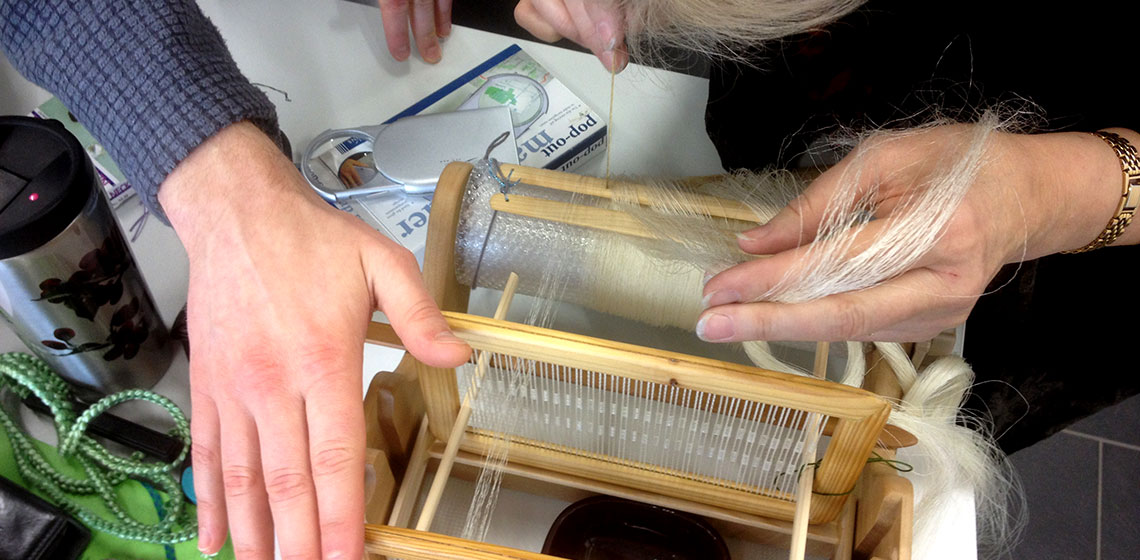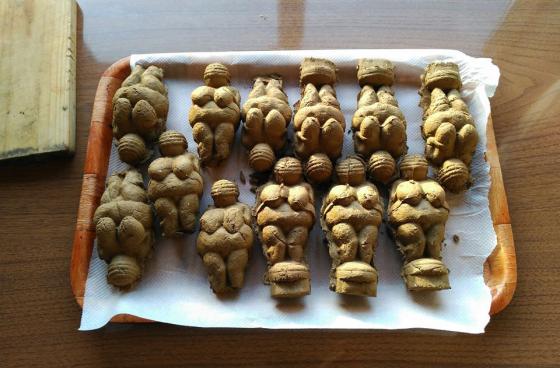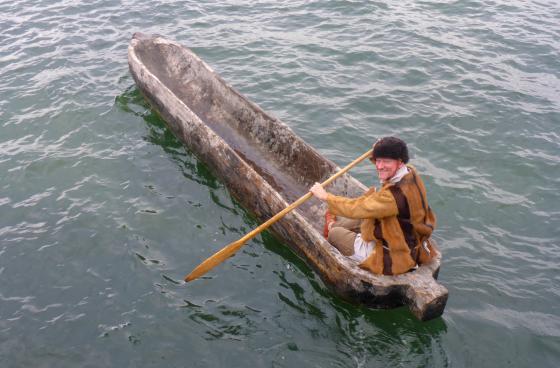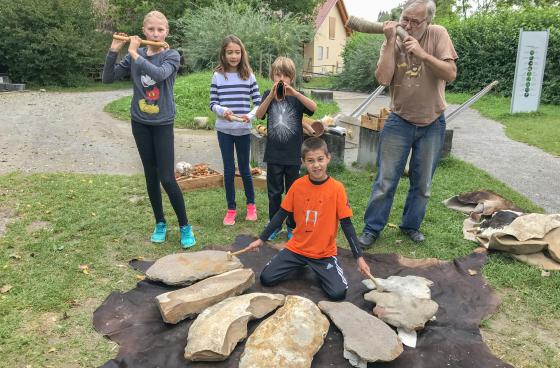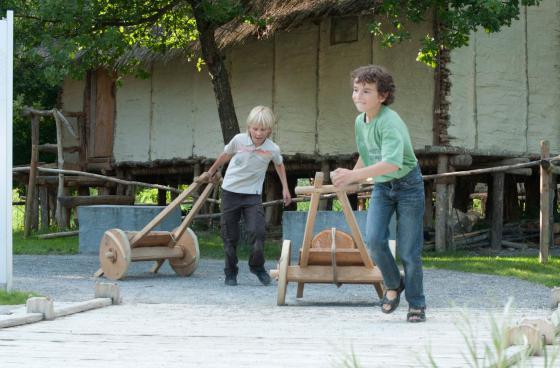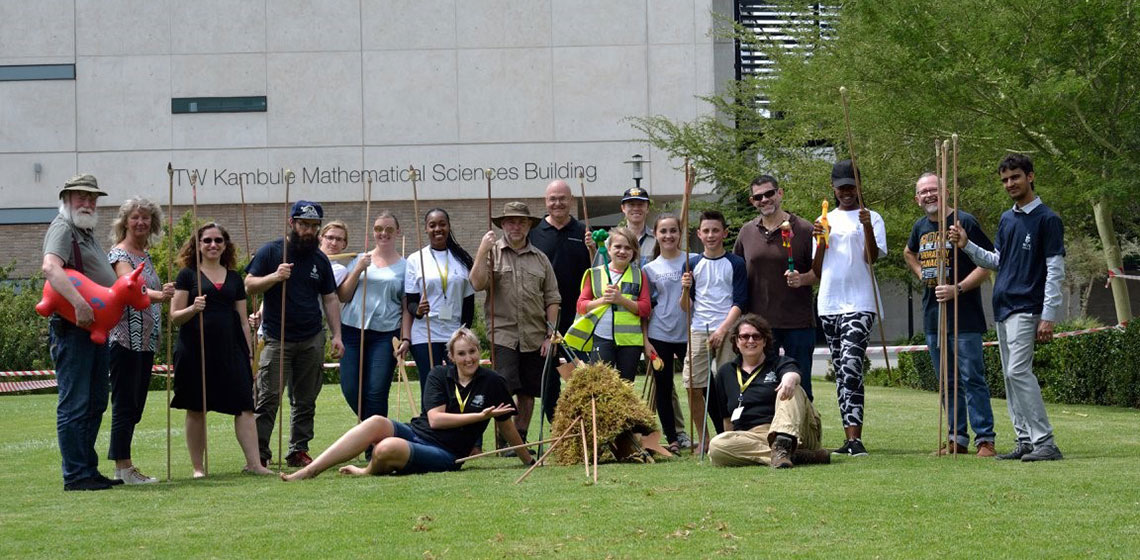Neolithic
Thomas R. Hauck
In 2002, I decided to actively pursue my historical interest and incorporate my skills in physics, electronics and engineering.
3rd Day of Experimental Universitaria
Program 10:00h - 17:00h
OPERATION OF A GLASS FURNACE
Experience of the behavior of molten glass in a previously prepared oven.
EXPERIMENTING WITH PIGMENTS AND AGLUTINANTS
Experience based on the elaboration of different pigments (iron oxides) mixed with different binders and subjected to different temperatures.
Craft Festival
Historic crafts from the Stone Age to the Middle Ages are brought to life by specialists in the beautiful setting of the Open Air Museum Düppel in Berlin. Be it flint knapping techniques of the early hunter gatherers or traditional methods of tanning hides – there should be something for everyone. Activities for children invite to explore and all questions are welcome!
Boats
Ever since prehistory goods and knowledge were exchanged all across of Europe. Boats like logboats were used to travel to the other shore of lake Constance or even as far as the North Sea or the Black Sea following the rivers. Try the tools they used to build these important means of transportation!
Flint & Jewellery
Fine arrowheads, sharp axes and pretty pearls – experimental archaeologists from Norway and Germany show you the fascinating techniques used in the Stone Age to make important tools - You can even give them a try yourself!
Fire & Music
You can´t start a fire without a spark - but how can you produce sparks without matches or a lighter? Give wood, stones, air or even ice a try! You are wondering how? Our experts are happy to show and explain to you how it works.
Wheel & Charriot
How did people transport heavy loads in the past? Have a close look at the ingenious inventions of the wheel and cart and give our stone age wagons a test drive!

